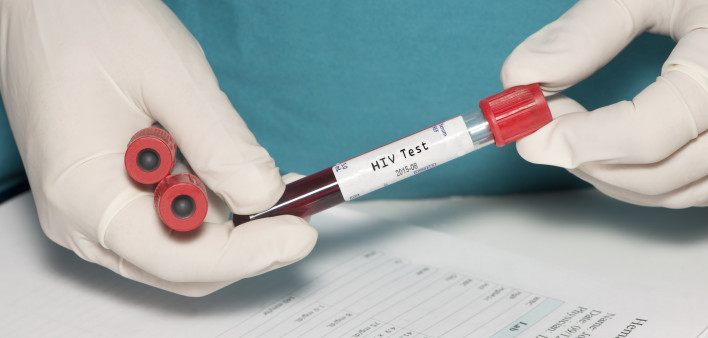Black men who have sex with men (MSM) are tested for HIV at nonmedical facilities at a disproportionately low rate compared with their diagnosis rate.
Publishing their findings in the Morbidity and Mortality Weekly Report, Centers for Disease Control and Prevention (CDC) researchers analyzed 2016 HIV testing data from 20 health departments and 24 community-based organizations that the agency funded to provide such testing and related services.
Out of 374,871 HIV tests that the CDC funded in non–health care facilities in 20 Southern jurisdictions in 2016, 22,183 (6 percent) were given to Black MSM. This demographic accounted for 828 (36 percent) of the 2,304 new HIV diagnoses among all those tested for HIV at these facilities.
The study broke down its findings about Black MSM according to age bracket, the size of each jurisdiction’s population and whether men had been tested previously. The study considered an area with a population of 1 million or greater a metropolitan area, one with a population between 50,000 and 1 million an urban area and one with a population below 50,000 a rural area.
The highest proportion of HIV tests given to Black MSM were among those 25 to 34 years old (accounting for 43 percent among all ages), those living in metropolitan areas (75 percent of all three jurisdiction categories) and those who had previously been tested (81 percent of those who had and had not been tested previously).
When breaking down all HIV tests given to Black men according to age brackets, the highest proportion of positive results was among those 20 to 24 years old (4.8 percent of those tested in this age range were positive), followed by those 13 to 19 years old (4.1 percent were positive) and those 25 to 34 years old (4 percent were positive). Compared with Black MSM between ages 25 and 34, those 35 to 44 years old were 44 percent less likely to test positive for HIV while those 45 to 54 years old were 54 percent less likely and those age 55 and older were 66 percent less likely to test positive.
Compared with Black MSM who had not been tested for HIV before, those who had been tested before were 27 percent less likely to receive a new diagnosis of the virus.
A total of 608 (73 percent) of the new diagnoses among Black MSM were among individuals tested in metropolitan areas. Compared with tests given to those in metropolitan areas, those conducted in urban areas were 23 percent more likely to yield a positive result and those conducted in a rural area were 52 percent less likely to do so.
Among the 828 Black MSM in the 20 Southern jurisdictions who received a new diagnosis of HIV in 2016, 552 (67 percent) were linked to medical care for the virus within 90 days of their diagnosis and 451 (55 percent) were interviewed for partner services, in which health care workers seek help in tracking down sexual or drug-sharing partners who may have been exposed to the virus.
“Increasing awareness of HIV status through HIV testing, especially among Black MSM in the Southern United States, is essential for reducing the risk for transmission and addressing disparities,” the CDC authors concluded. “HIV testing programs in the Southern United States can reach more Black MSM by conducting targeted risk-based testing in non–health care settings and by routine screening in agencies that also provide health care services to Black MSM.”
To read the CDC report, click here.







Comments
Comments